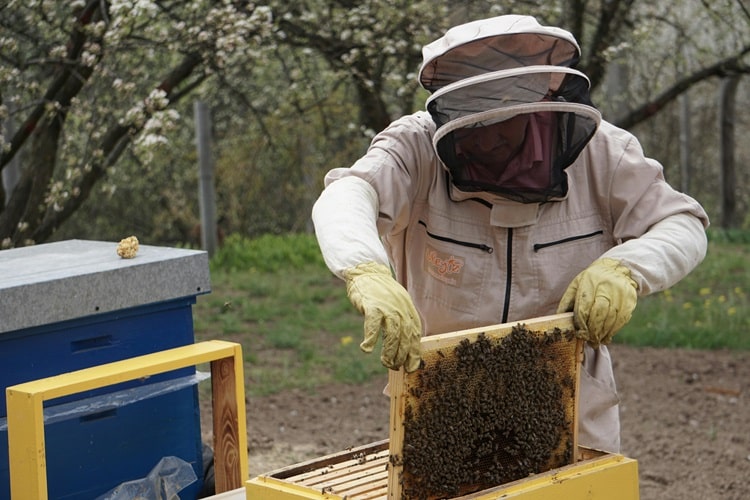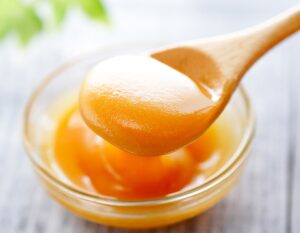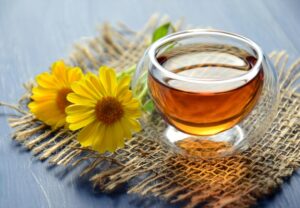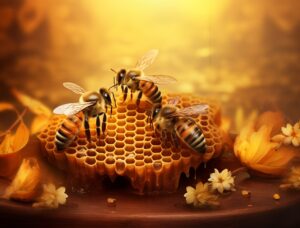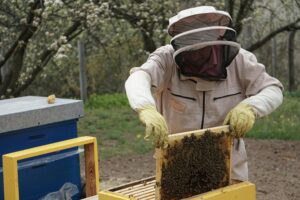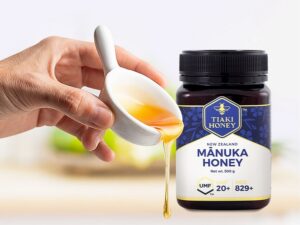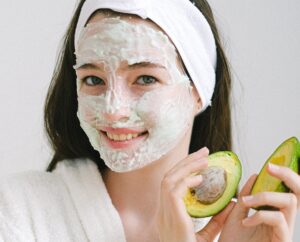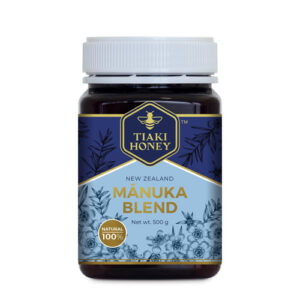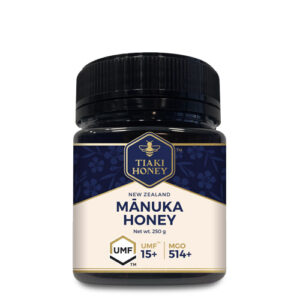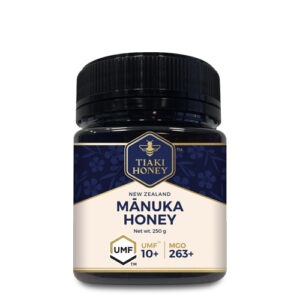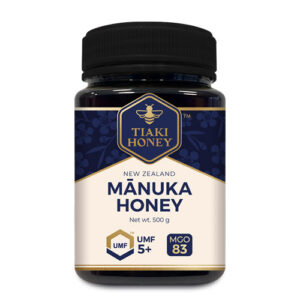The Manuka Honey Journey From Hive to Jar
In the lush landscapes of New Zealand, a unique treasure is found: Manuka honey. Renowned for its exceptional health benefits and distinct flavor, Manuka honey has captured the attention of the world. In this article, we delve into the fascinating journey of how Manuka honey is produced, exploring its origins and the meticulous process it undergoes from hive to table.
The Manuka Plant: A Source of Nectar and Medicinal Properties
The Manuka plant (Leptospermum scoparium) is native to New Zealand and plays a crucial role in the production of Manuka honey. This shrub-like tree, with its small white or pink flowers, is a favorite among bees due to its abundant nectar. What sets the Manuka plant apart is its unique composition, containing compounds like methylglyoxal (MGO) that are prized for their antibacterial properties.
Beekeeping in New Zealand: Harvesting Nature’s Bounty
Beekeepers in New Zealand carefully tend to their hives, strategically placing them in areas abundant with Manuka plants during the flowering season. The bees collect nectar from the Manuka flowers, which they then transform into honey through a process of regurgitation and evaporation.
The Role of MGO in Manuka Honey’s Unique Properties
Methylglyoxal (MGO) is a key compound found in Manuka honey, responsible for its potent antibacterial properties. This compound develops in the honey as a result of the bees’ conversion of dihydroxyacetone (DHA), which is present in the nectar of Manuka flowers. The higher the MGO content, the greater the antibacterial strength of the honey, making it a sought-after natural remedy for various ailments.
Harvesting and Processing Manuka Honey: A Delicate Process
Once the honey is ready for harvest, beekeepers carefully extract it from the hives, ensuring minimal disturbance to the bees. The honey is then transported to processing facilities, where it undergoes meticulous testing to determine its MGO content and purity.
The Grading System of Manuka Honey
Manuka honey is graded based on its MGO content, which is a reflection of its quality and potency. The Unique Manuka Factor (UMF) is another grading system used to denote the antibacterial strength of the honey. These grading systems help consumers make informed decisions when purchasing Manuka honey.
- MGO Testing: One of the key tests conducted on Manuka honey is to measure its methylglyoxal (MGO) content. MGO is a compound that develops in the honey from the conversion of dihydroxyacetone (DHA), which is naturally present in the nectar of Manuka flowers. The MGO content is an indicator of the honey’s antibacterial strength, with higher MGO levels indicating greater potency.
- Hydroxymethylfurfural (HMF) Testing: Another important test is the measurement of hydroxymethylfurfural (HMF) levels in the honey. HMF is a compound that forms in honey as a result of heating and aging, and high levels of HMF can indicate poor handling or adulteration of the honey.
- Pollen Analysis: Pollen analysis is conducted to verify the botanical origin of the honey. By examining the types and amounts of pollen grains present in the honey, scientists can determine whether it is indeed derived from the Manuka plant.
The Global Demand for Manuka Honey
In recent years, the demand for Manuka honey has surged, driven by its reputation as a natural health remedy and gourmet food item. As a result, New Zealand has implemented strict regulations to protect the authenticity and quality of Manuka honey, ensuring that consumers receive a genuine product.
Manuka Honey Certification Process
The manuka honey certification process involves several steps to ensure its quality, authenticity, and adherence to specific standards. Here’s a detailed explanation of the certification process:
- Quality Standards: The first step in the certification process is to ensure that the Manuka honey meets certain quality standards. This includes factors such as its Methylglyoxal (MGO) content, which is a key indicator of its antibacterial properties, as well as its purity and absence of contaminants.
- Harvesting and Processing: The honey must be harvested and processed according to specific guidelines to maintain its quality and integrity. This includes ensuring that the bees have access to Manuka flowers and that the honey is extracted and handled carefully to avoid contamination.
- Laboratory Testing: As mentioned earlier, laboratory testing is a critical part of the certification process. The honey is tested for its MGO content, as well as other factors such as HMF levels, pollen analysis, microbiological content, and acidity. These tests help verify the authenticity and quality of the honey.
- Certification Bodies: There are several certification bodies that oversee the certification process for Manuka honey. These bodies have established standards and criteria that honey producers must meet in order to receive certification. Some of the most well-known certification bodies include the Unique Manuka Factor Honey Association (UMFHA) and the New Zealand Ministry for Primary Industries (MPI).
- Certification Labels: Once the honey has been certified, it is labeled with a certification mark or seal that indicates its authenticity. This label may include information such as the MGO rating, the UMF rating, and the certification body that issued the certification.
- Traceability and Transparency: Certified Manuka honey is also required to have a system in place for traceability and transparency. This means that the honey can be traced back to its source, and information about its production process is available to consumers.
- Continual Monitoring: The certification process is not a one-time event. Certified Manuka honey producers are subject to regular audits and inspections to ensure that they continue to meet the standards set by the certification bodies.
Overall, the certification process for Manuka honey is a rigorous and thorough process designed to ensure that consumers receive a high-quality, authentic product that meets specific standards of purity and efficacy.
Start your journey to the finest honey experience with Tiaki UMF™ Manuka Honey.
